Join Knysna Tourism for a tour of the town we call home.
The Knysna Oyster Festival: a festival by any other name

Why do we call our festival the Knysna Oyster Festival?
The Knysna Oyster Festival was started as the Winter Festival in 1983 when the then owner of Richard’s Men’s Outfitters, the late Dick Ginsberg, got together with the manager of the Knysna Publicity Association, Rose Smith, to organise an event that would bring business into town during the quietest time of the year.
This event had a few different names while it was finding its feet – but by the mid-80s, the organisers had settled on, ‘Knysna Oyster Festival,’ and, give or take the inclusion of the names of a sponsor or two, it’s had this name for more than 30 years.
30 years is more than enough time for a brand name to become a part of what the marketing scholars call ‘the fabric of life’ of a society.
Achieving fabric-of-life status is one of the holy grails of marketing, and, thanks to millions of rands and countless hours of thousands of peoples’ time over all those years, the Knysna Oyster Festival has done just that: more than just an icon on South Africa’s annual events diary, it’s become part of the country’s fabric of life.
(For more on the issue of sponsorship, see Martin Hatchuel’s article ‘Revisiting the rules of engagement’)
Knysna Oysters
As to oysters? If you think Knysna oysters came from the Knysna Lagoon, you haven’t eaten coastal oysters – those wild, indigenous, local, lovely, luscious, superb, excellent, engaging, sweet-natured bivalves that come from the rock pools at Brenton-on-Sea or Buffalo Bay or anywhere else along the Garden Route.
You know, Knysna Oysters.
The truth is that farming oysters in the Knysna Lagoon was never profitable socially, environmentally, or financially. The idea began as a kind of affirmative-action project that provided sheltered employment for people who’d lost their jobs as the economy of the region evolved.
Pacific oysters – the oysters they cultivated here – never did like the Knysna Lagoon. Mortality rates following a typical Garden Route-style flood were often over 90%, and floods have happened in this area every few years since time immemorial.
Nor did the Lagoon like the oysters, which contributed heavily to siltation and other adverse impacts. And all the companies that were involved in cultivating oysters in Knysna were either closed for financial reasons, or moved to more suitable growing areas like the West Coast.
Through all of this, though, our indigenous oysters continued to offer us their succulent oystertude. And they’re doing it still. (See our article, ‘Putting the real Knysna Oyster on its rightful plate.’)
Oyster conservation
So if the classic coastal oyster is the REAL Knysna Oyster, does this mean we shouldn’t import cultivated oysters for the Knysna Oyster Festival?
No. On the contrary: we should celebrate and advertise the fact that we enjoy both types of oysters at the Festival, because eating cultivated oysters reduces the number of coastals we need to harvest from the wild. It’s a symbiotic relationship: since no one really knows how many coastal oysters there are in the wild, the cultivated oyster ensures the sustainability of the coastal oyster.
(See our article ‘34 South - Home of the Knysna Oyster’.)
Knysna Oyster Festival
People know when it is (roughly), they know what it is, and they know that they want to be here for it. And that’s knowledge you can’t buy overnight.
Cheers to the Knysna Oyster Festival!
Further Reading
165,000 years of Oyster Attitude (Oystertude?) at 34 South
What makes Knysna’s geographical position so special?


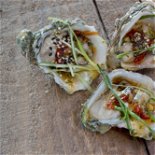
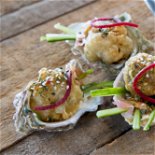
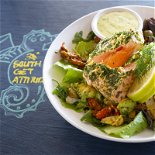
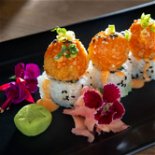




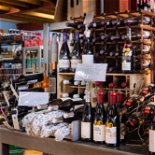




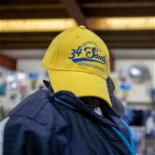
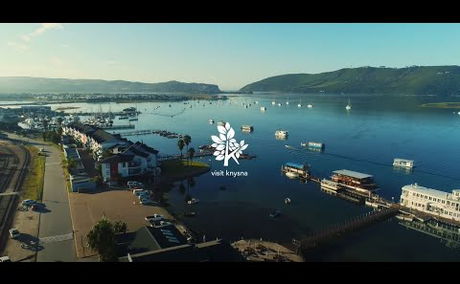


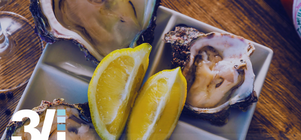
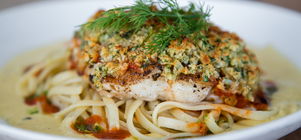

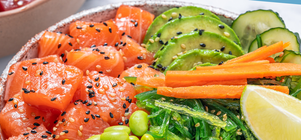
Share This Post